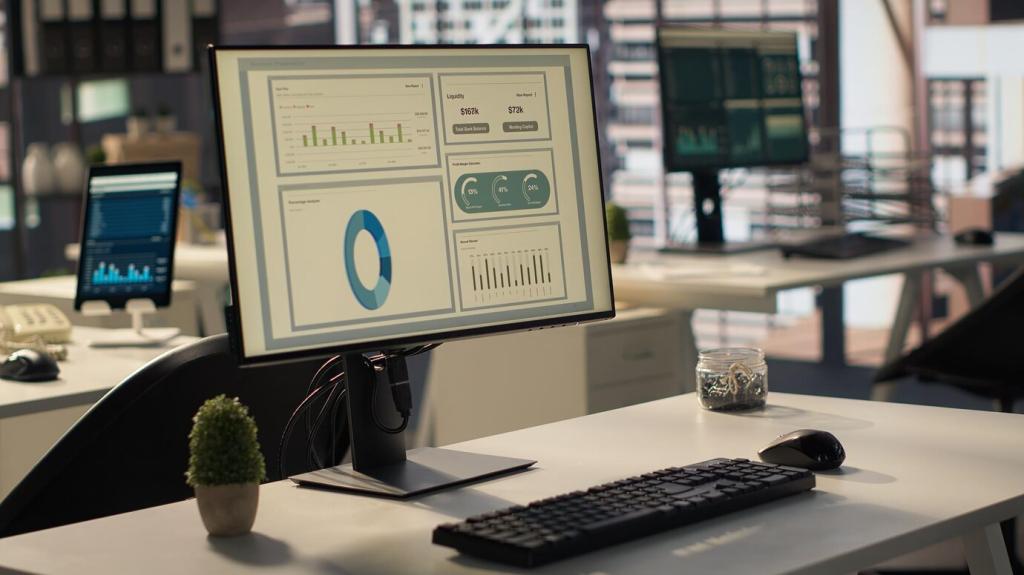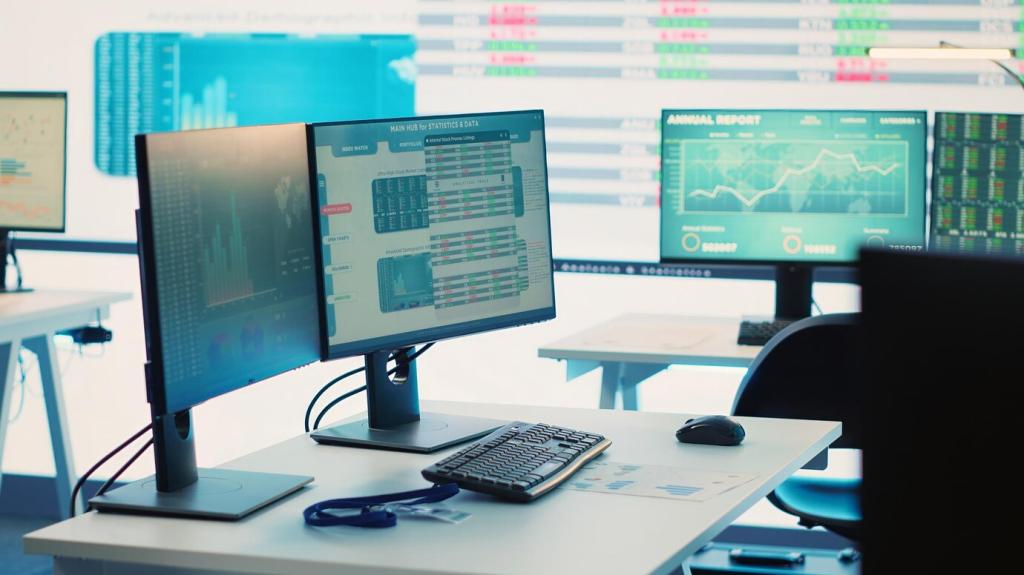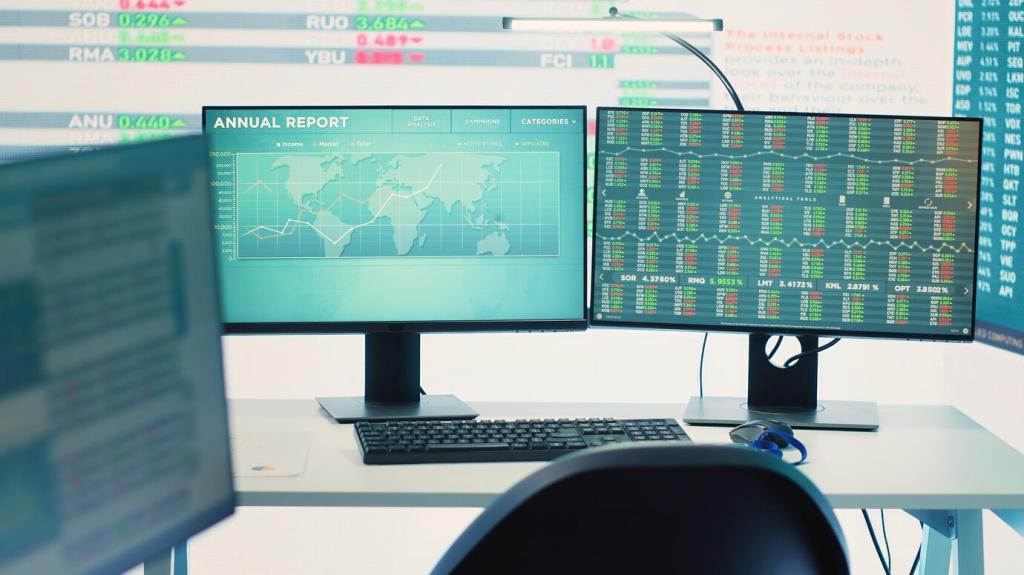Health Insurance, HSAs, and Retirement Contributions
If you pay your own medical, dental, or qualified long-term care premiums, you may deduct them, even if you don’t itemize. Coordinate with premium tax credits carefully to avoid double-counting. Keep policy documents and payment records, and track months covered to match the deduction precisely with your active coverage.
Health Insurance, HSAs, and Retirement Contributions
With a high-deductible health plan, HSA contributions are deductible, growth is tax-free, and eligible withdrawals are untaxed. Save receipts for qualified expenses you reimburse later. Many solo entrepreneurs treat HSAs like stealth retirement accounts, investing contributions and letting time compound their healthcare safety net.












